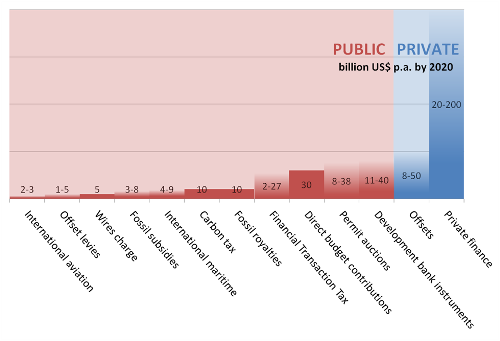Steve Cochran, head of EDF’s climate and air program, debunks economic scare tactics used against the highly successful acid rain program in the Clean Air Act Amendments of 1990. First in a series:
There they go again. Economic meltdown. Higher consumer costs. Massive job losses. These are among the predictions of doom surrounding EPA’s current and forthcoming round of clean air protections. If they sound familiar, they should. Time and again, from the enactment of the Clean Air Act in 1970 to today, prophets of doom have predicted that disastrous consequences would flow from cleaning the air we all breathe. And time and again, those dire predictions have been wrong. The Clean Air Act has protected American health and our environment for decades while our economy has grown. It is a legislative success story that continues today.
This series will examine what the naysayers have said about Clean Air Act protections and how those wild predictions compare to the statute’s actual record of protecting Americans from toxic air pollution and its devastating effects on human health and the environment. We start with the acid rain program in the Clean Air Act Amendments of 1990.
Read the full post on EDF’s Climate411 blog.












 Yesterday’s New York Times published three terrific op-eds worth a second thought.
Yesterday’s New York Times published three terrific op-eds worth a second thought.